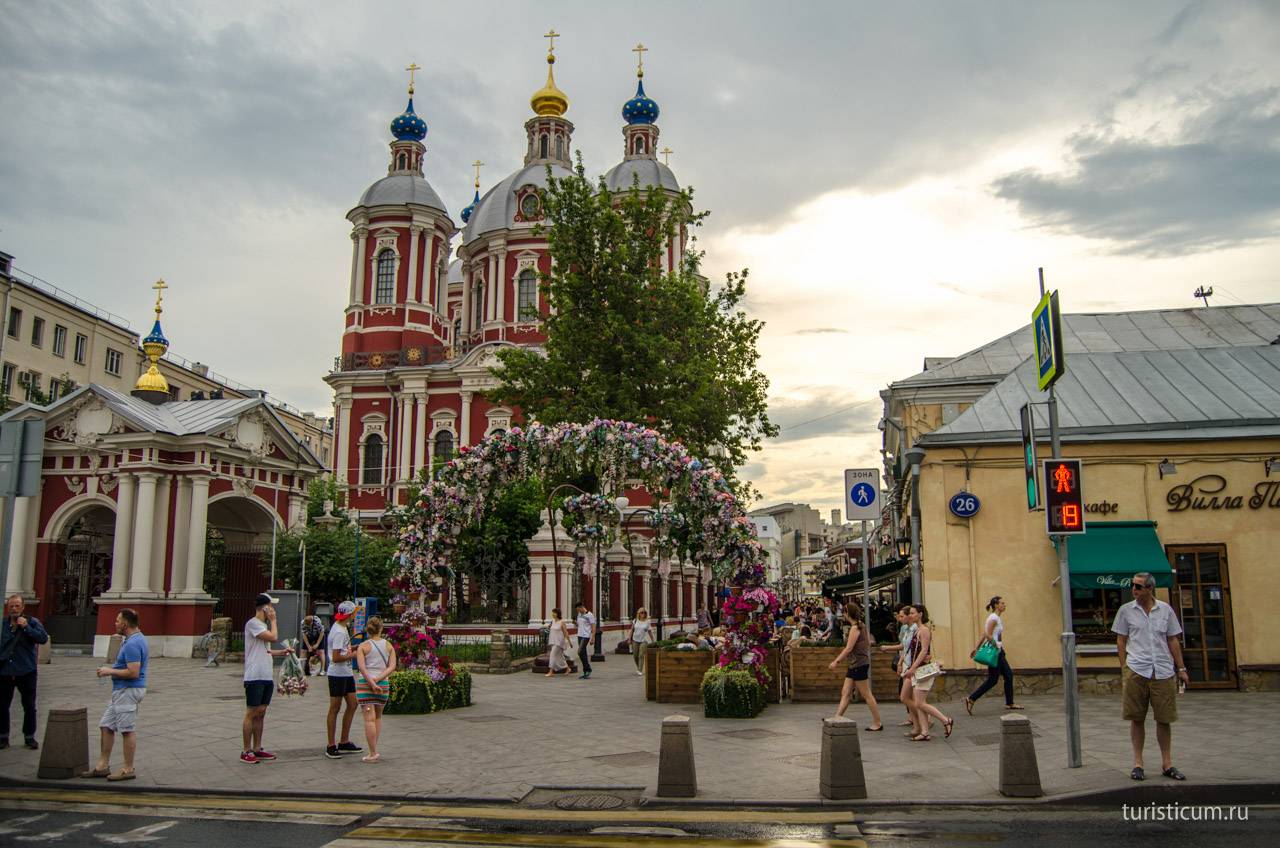 Simply meaning ‘across the Moscow River’, as its name suggests, Zamoskvareche lies across the river to the south of Kremlin.
Simply meaning ‘across the Moscow River’, as its name suggests, Zamoskvareche lies across the river to the south of Kremlin.
On the steep west bank of the Moskva River, 10km southeast of the Kremlin is Kolomenskoye. It grew from a village founded by refugees from Kolomna during the Mongol invasions of the thirteenth century, to become a royal summer retreat. Though its legendary wooden palace no longer exists, Kolomenskoye still has one of the finest churches in the whole of Russia, and vintage wooden structures such as Peter the Great’s cabin, set amidst hoary oaks above a great bend in the river.
The State Tretyakov Museum named after its founder patron,the financier Viktor Tretyakov houses Russian art, Byzantinian icons, the works of Andrei Rublev, Daniil Cherniy and Dionysius as well as avant garde works donated by Tretyakov. Southwest of the Tretyakov is Gorky Park , inaugurated in 1928 and meant to be a ‘Park of Culture and Rest’. The 300 acre park includes two funfairs, an outdoor skating rink, an American roller coaster and a Soviet space shuttle. 
South of Gorky Park is the Donskoy Monastery , a massive red brick walls fortified affair. Legend goes that Tsar Boris Godunov routed the last Crimean Tatar and the victory is attributed to the mystical powers of the icon of the Don Virgin. In thanksgiving the Russians erected a church to house the icon and founded a monastery on the spot. The monastery’s two cathedrals are surrounded by a cemetery crammed with headstones and monuments.
The Danilov Monastery is the oldest monastery in Moscow and was founded by Prince Daniil of Moscow in 1282. It became the seat and official residence of the Russian Orthodox Patriarch and the Holy Synod in 1988. In summer, Muscovites flock to Kolomenskoye for the fresh air and to sunbathe; in winter, the eerie Church of the Ascension rises against a backdrop of snow and mist with nobody around except kids sledging down the slopes.
